
About Us
We’re on a mission to make the world safer for you. Learn how we’re working to bring this vision to life through advocacy, science-driven standards, and partnerships.
Our Story Starts with Safety
At UL Standards & Engagement, we believe safety and innovation go hand-in-hand. We develop and advocate for standards, the criteria used to ensure products, services, and systems work as safely as possible for you.
Since we published our first standard in 1903, we’ve done just that, pooling diverse expertise from around the world to improve everyday safety for people like you. We partner with leading organizations, safety professionals, and advocates to support initiatives that protect, educate, and drive change.
A History of Impact
Learn about our 120+ years of impact, and how we’re using this experience to drive change today.
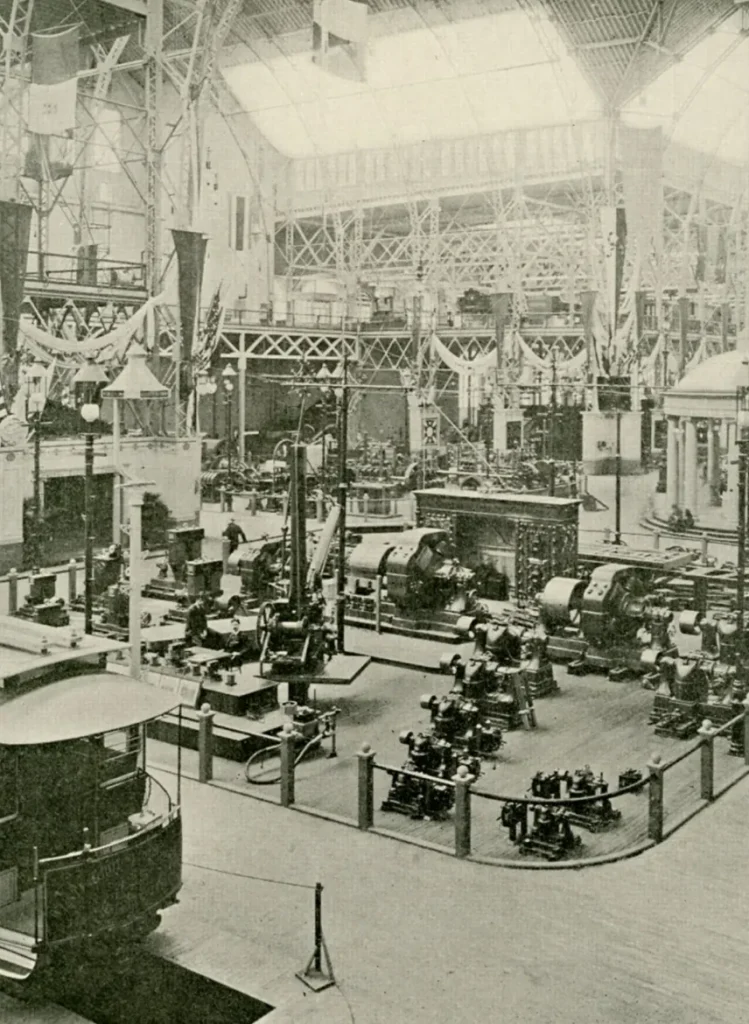
1893
The Birth of UL
The World’s Columbian Exposition, also known as the World’s Fair, is held in Chicago and more than 27 million people attend. UL’s founder, William Henry Merrill, Jr., assumes his first post-college position at the Boston Board of Fire Underwriters, from which he was sent to assess fire risks associated with the construction of the World’s Columbian Exposition. As an electrical inspector at the World’s Fair, Merrill proposes his idea to create an electrical testing laboratory to the insurance underwriters he meets during the course of his work. The Chicago Underwriters Association and the Western Insurance Union provide funding to support Mr. Merrill’s vision, paving the way to establish the Underwriters Electrical Bureau.
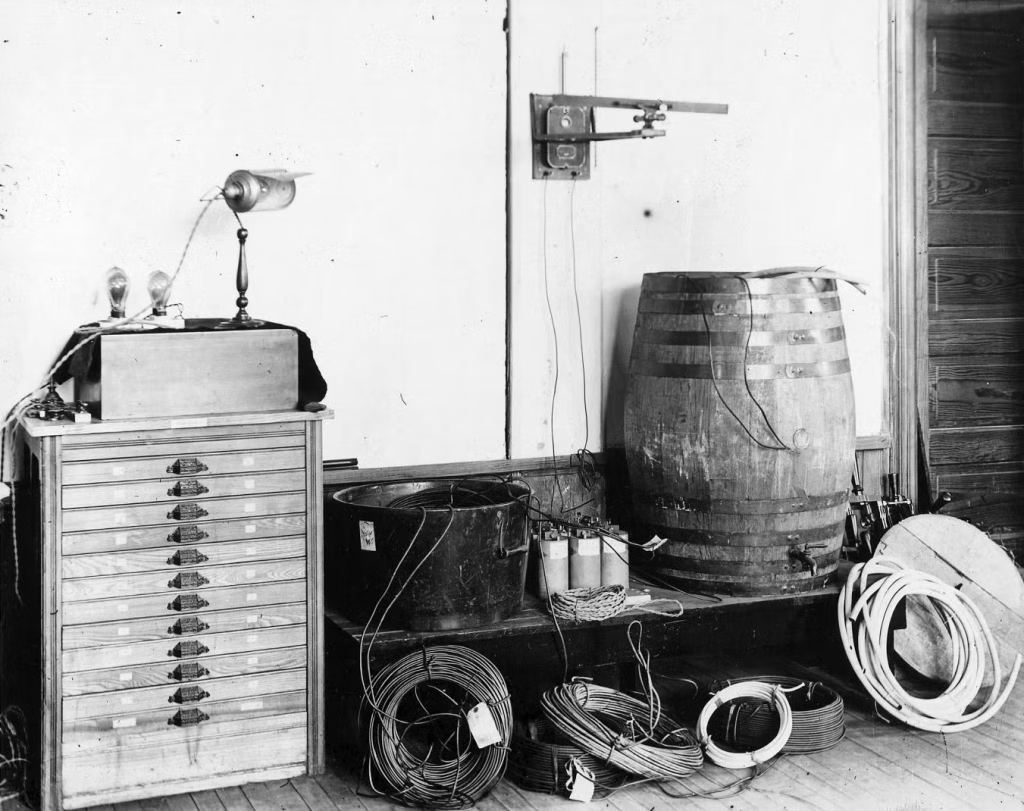
1894
UL Founded
William Henry Merrill, Jr. founds the Underwriters Electrical Bureau, later known as the Electrical Bureau of the National Board of Fire Underwriters. Although the organization experiences several name changes throughout its history, its mission to promote safe living and working environments for people remains constant and unchanged. On March 24, 1894, the bureau conducts its first test on non-combustible insulation.
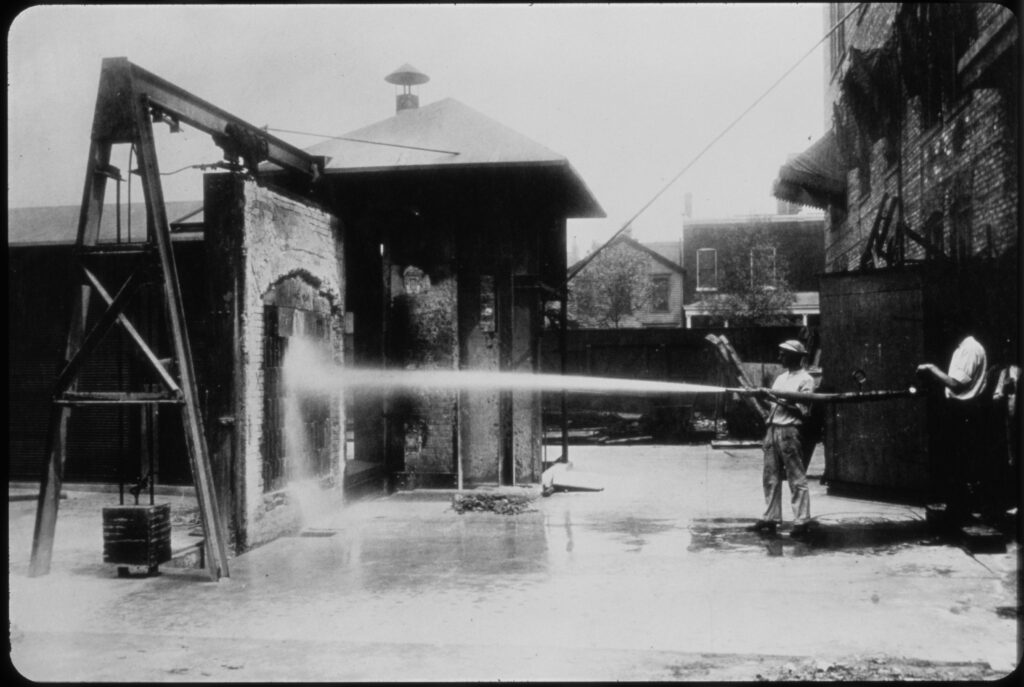
1903
First Standard for Safety
Titled “Tin Clad Fire Doors,” the standard covers doors primarily used in public spaces such as warehouses, schools and hospitals.
The standard remains in publication, now in its 21st edition, as UL 10A, Tin-Clad Fire Doors.
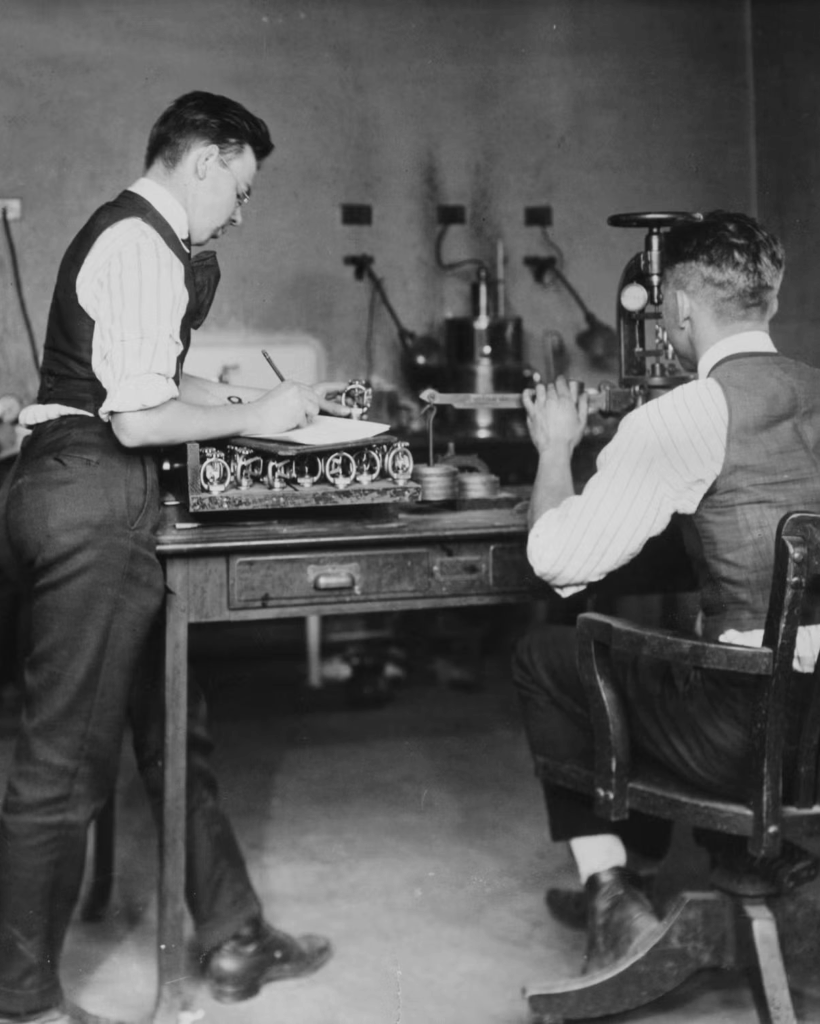
1916
New Standards
UL continues building its portfolio of standards with requirements that make households and places of business safer for people. These early standards include UL 96A, Standard for Lightning Rods, published in 1916;
UL 20, Standard for General Use Snap Switches, published in 1917; and UL 858, Standard for Household Electric Ranges, and UL 199, Standard for Automatic Sprinklers for Fire-Protection Service, published in 1919.

1918
Toys
UL first began testing and listing electric toys in 1918, with the first products being electric transformers — most notably those used to drive toy trains. Generations of families have enjoyed the roar of these trains circling the tree on Christmas morning.
At ULSE, we take great pride in making the holiday season safe and special for more than 100 years.

1921
Holiday Lights
In 1921, UL published the first edition of UL 588, the Standard for Seasonal and Holiday Decorative Products, covering light strands for Christmas trees and similar holiday decorations.
In that same year, First Lady Florence Harding announced she would revive a family tradition by having live flame candles placed in the windows of the White House for Christmas. However, the First Lady and President Warren Harding canceled those plans at the urging of UL General Agent George Muldaur, who feared not only the fire risk posed to the White House, but also the example it would set for the nation who might do the same and spark house fires.
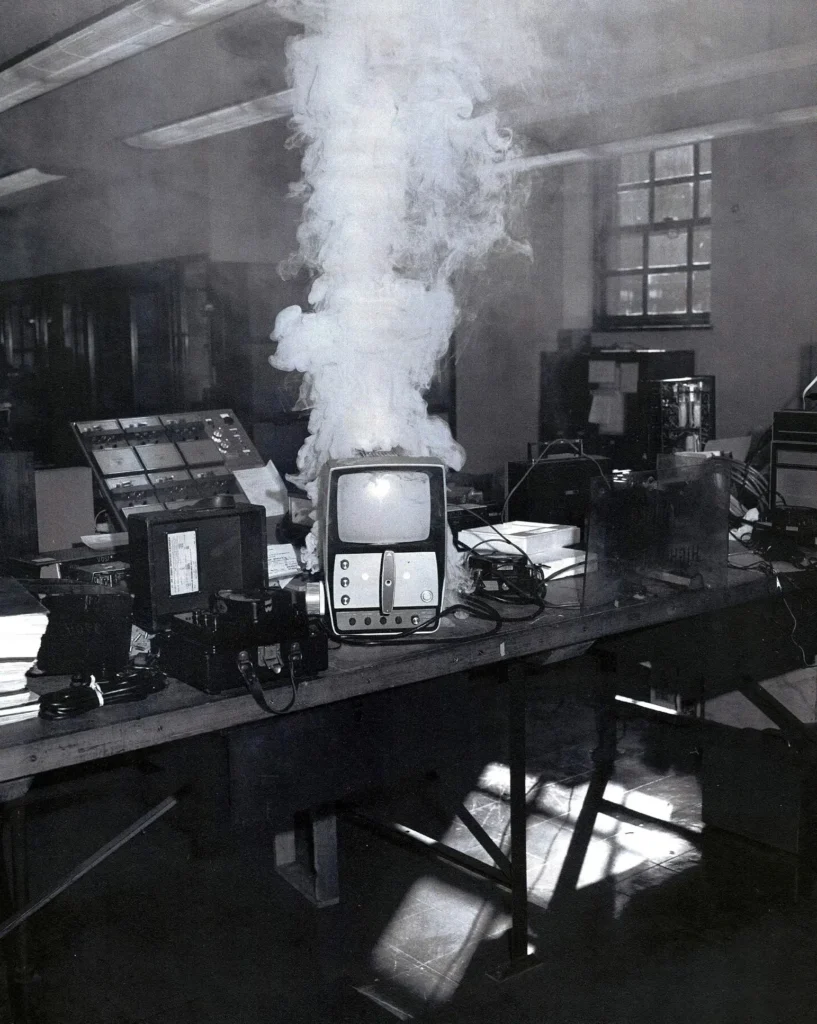
1937
Safety for New Home Appliances
Throughout the 1930s, UL demonstrates its commitment to consumer safety through the certification of early model consumer electronics still commonly used today. Products include electric dishwashers, automatic washing machines, black-and-white television sets and vending machines.
Many of these products are covered by UL 73, the Standard for Motor-Operated Appliances, first published in 1937.
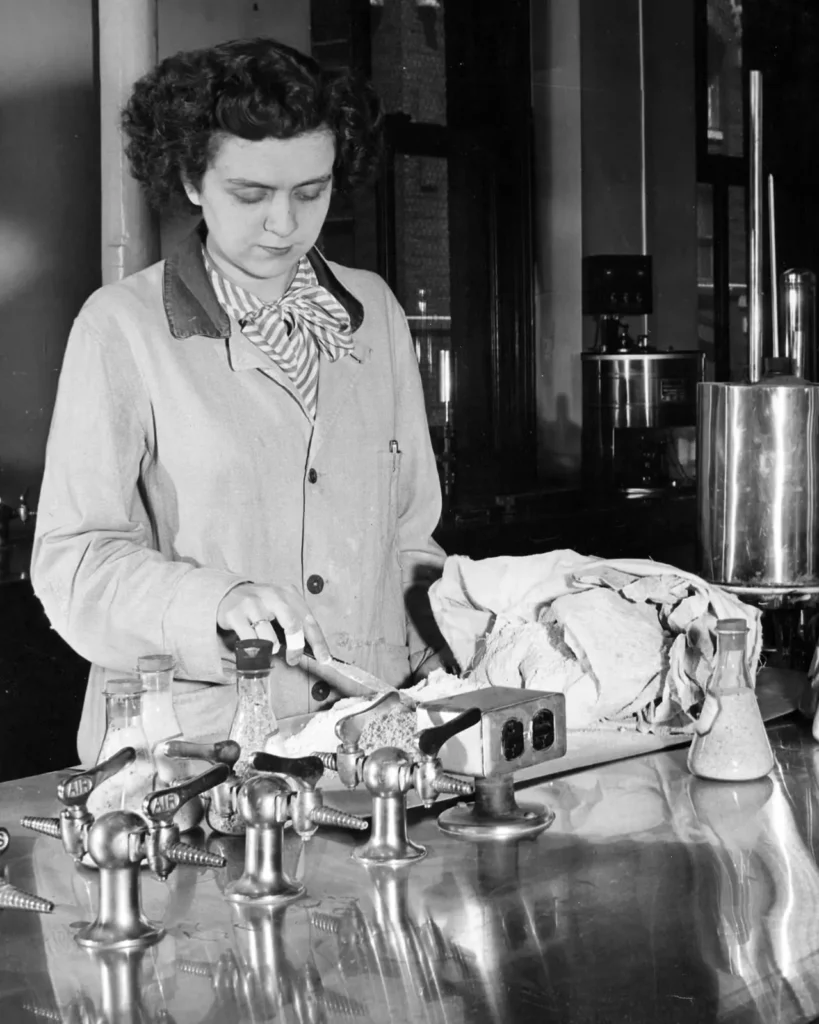
1942
The Second World War
During World War II, UL is classified as a critical organization and tests devices to protect against the sabotage of U.S. plants producing or storing materials important to the war program. Women begin filling a number of roles at UL to replace male employees serving in the military. Safety standards are revised to allow temporary changes to requirements and address the shortage of critical materials needed for World War II.
1946
UL on Silver Screen
UL begins using new, high-visibility tactics to deliver safety awareness campaigns directly to the public in step with the rise of consumerism. These include the production of films such as Approved by the Underwriters and Danger Sleuths, each screened thousands of times across the U.S. in schools and theaters. The company also significantly increases its television appearances and outreach to mass media.
Today, safety advocacy remains a core function at ULSE. We approach hazards by identifying consumer awareness and perceptions to support policies and campaigns to address the gaps and advancing standards as part of the solution.
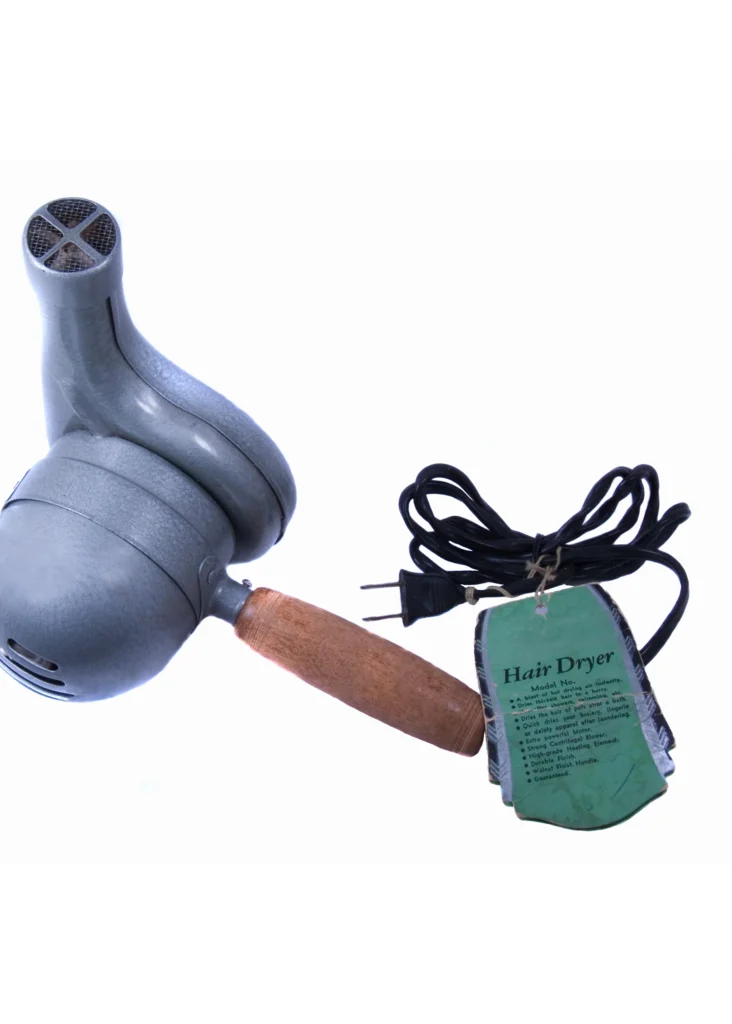
1954
Standards published for personal grooming appliances
The publication of UL 859, Household Electric Personal Grooming Appliances, helps assure the safety of consumers using covered products including hair dryers and curlers.
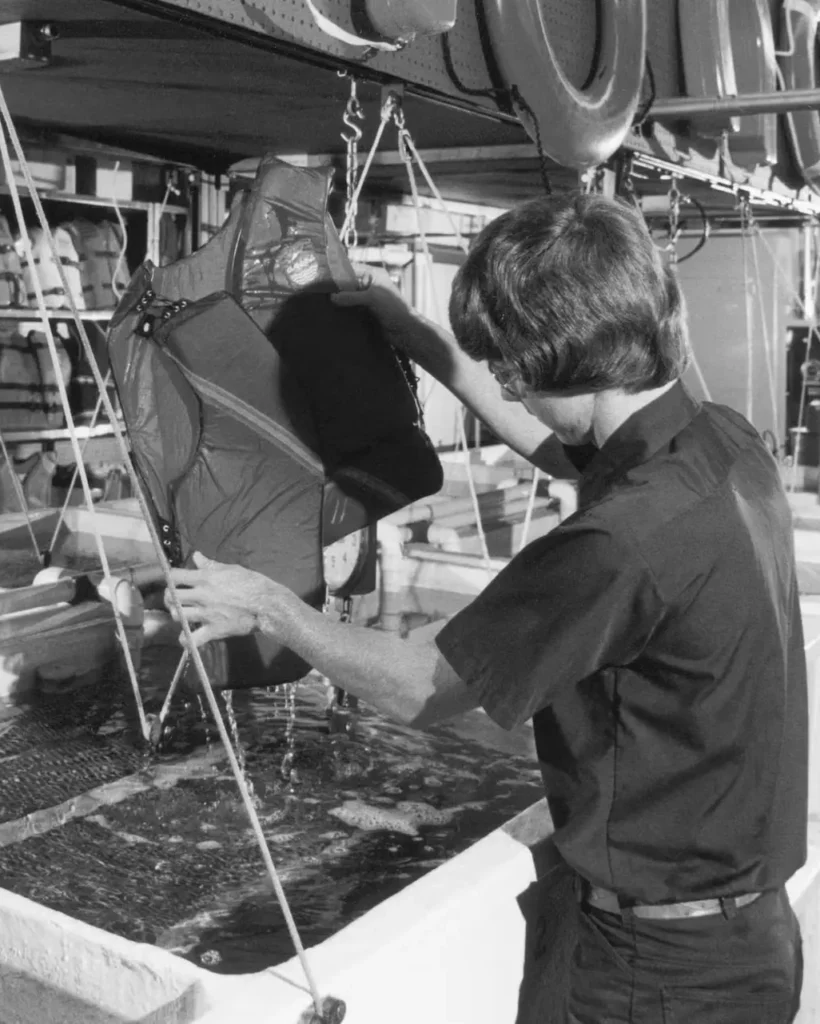
1971
First Standard for Personal Flotation Devices
The first edition of UL 1123, Standard for Marine Buoyant Devices, was published. Beginning in 1972, the U.S. Coast Guard recognized UL as the official testing agency for PFDs.
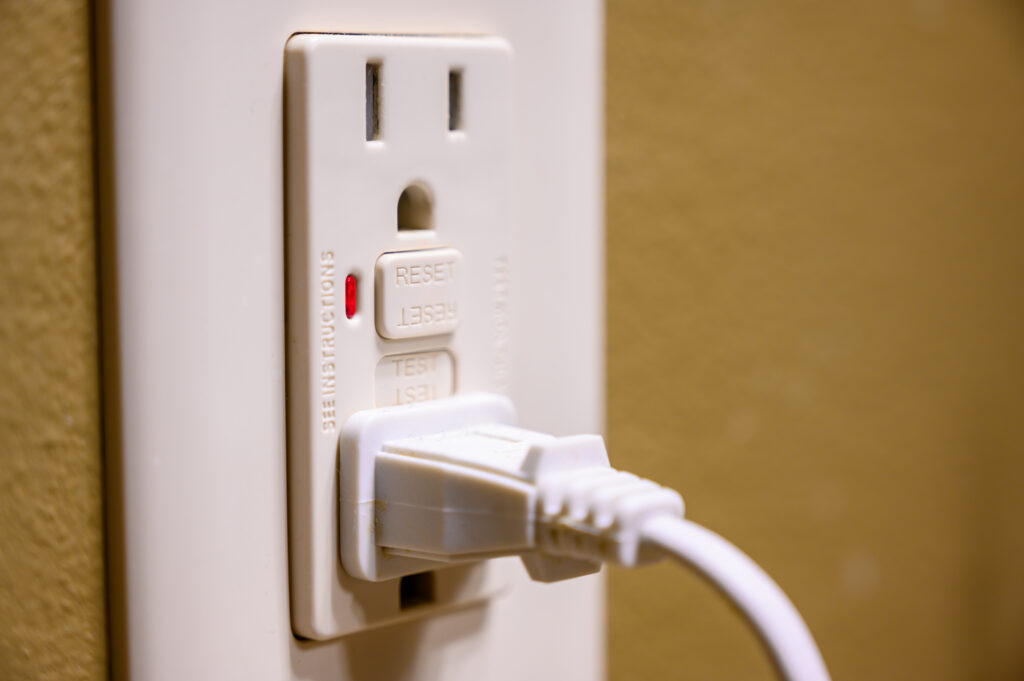
1972
First Standard for Ground-Fault Circuit-Interrupers
UL 943, the Standard for Safety for Ground-Fault Circuit-Interrupters, was published to help mitigate shock hazards. GFCI devices are designed to trip quickly to stop the flow of electrical current in the event of a ground-fault.
GFCI protection is required in the National Electrical Code for all outdoor outlets as well as those installed in bathrooms and along kitchen countertops, as well as within six feet of any bathtub, sink, or shower.

1973
UL 325, Door, Drapery, Gate, Louver, and Window Operators and Systems
UL 325, Standard for Safety for Door, Drapery, Gate, Louver, and Window Operators and Systems was published for the first time. Products covered by UL 325 include automatic garage door openers.
In 1991, the standard was updated to include dual entrapment protection requirements intended to mitigate entrapments, injuries, and deaths from crushing or pinching by stopping and reversing if impeded.
A ULSE impact analysis published in 2023 found these threats were significantly diminished following publication of the dual entrapment protection requirements.
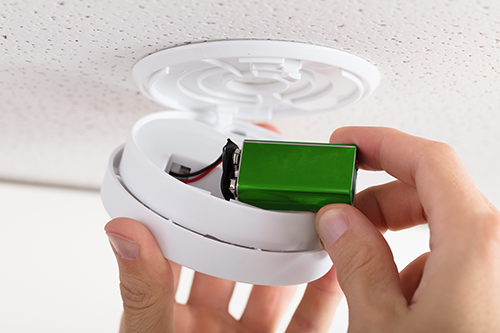
1976
UL 217, Standard for Smoke Alarms
ULSE first published UL 217, Standard for Smoke Alarms, in 1976 to cover in-home devices.
A public service announcement from this era suggested that, “someday, smoke detectors may become as common a fixture in the home as the thermostat.”
In 2022, UL 217 was updated to include requirements for technology to discern between nuisance alarms – such as from cooking – versus house fires to mitigate the potential for consumers to remove the batteries from smoke alarms and silence the devices during a nuisance alarm.
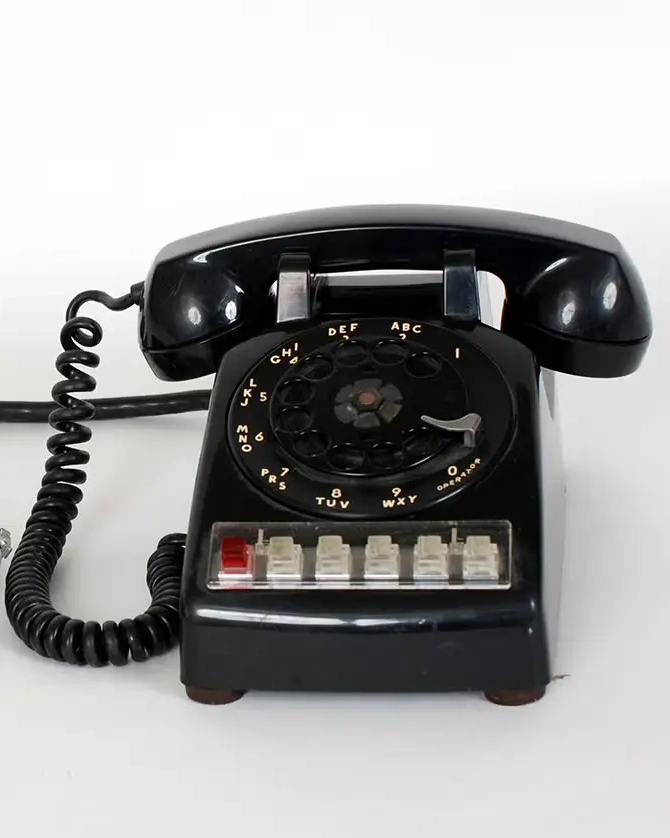
1985
UL Publishes its 500th Standard
The Standard for Telephone Equipment – UL 1459 – is UL’s 500th standard to be published.
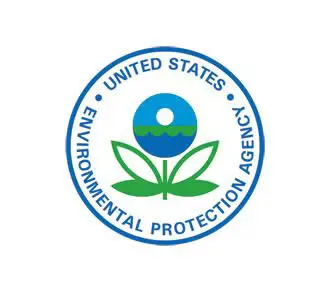
1990
UL Goes Green
UL issues the first edition of the Standard for Safety for Recycling Systems that clean and save CF-based refrigerants used in automobile air conditioning systems.
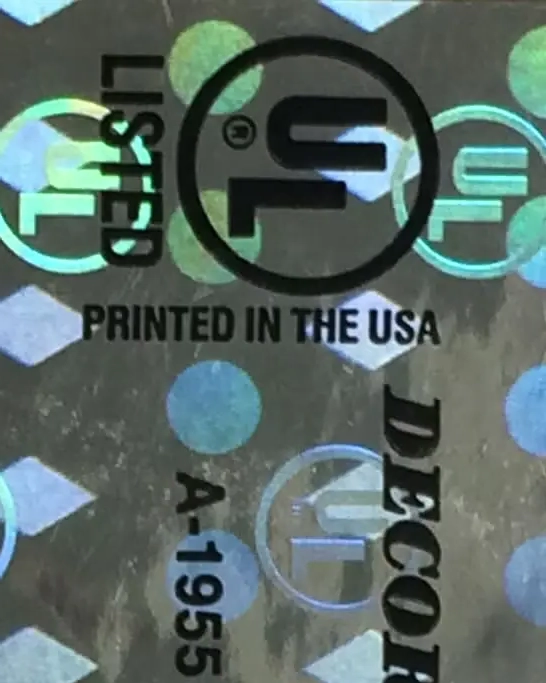
1993
UL Takes on Counterfeiters
UL uses holographic labels to mitigate counterfeiting of the UL Mark. The move is intended to prevent untested and uncertified products from reaching the marketplace, where a failure to operate safely or properly could be hazardous for consumers. Three years later, UL establishes a full-fledged anti-counterfeiting program in conjunction with U.S. Customs and Border Protection that results in the seizure of approximately 1.8 million products bearing counterfeit UL Marks. The retail value of these items—which includes holiday light strings, electric fans, extension cords, light fixtures and computer power supplies—exceeds $15 million.
Today, ULSE’s anti-counterfeiting program partners with INTERPOL and other law enforcement agencies from around the world to advance the fight against counterfeit products and to support education initiatives about the risks and hazards of counterfeits.
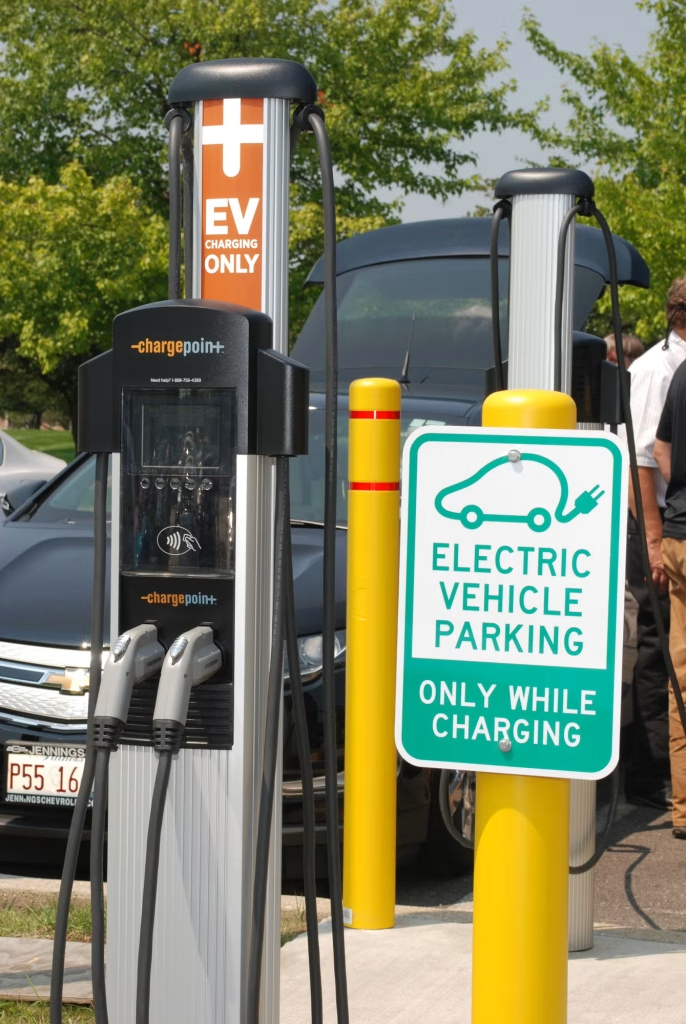
1996
Electric Vehicles
UL 2231-1 and UL 2231-2 are published, covering EV components and systems to reduce the risk of electric shock. At the time, automakers in the United States were just beginning to introduce EVs to their production lines. Since then, the number of EVs in use has grown exponentially.
EV technology has continued to evolve, and we maintained a consistent focus on safety for these products every step of the way – publishing and updating standards regularly to help guide the safe development of this technology.

2003
100th anniversary of standards development
UL celebrates its 100th anniversary of standards development
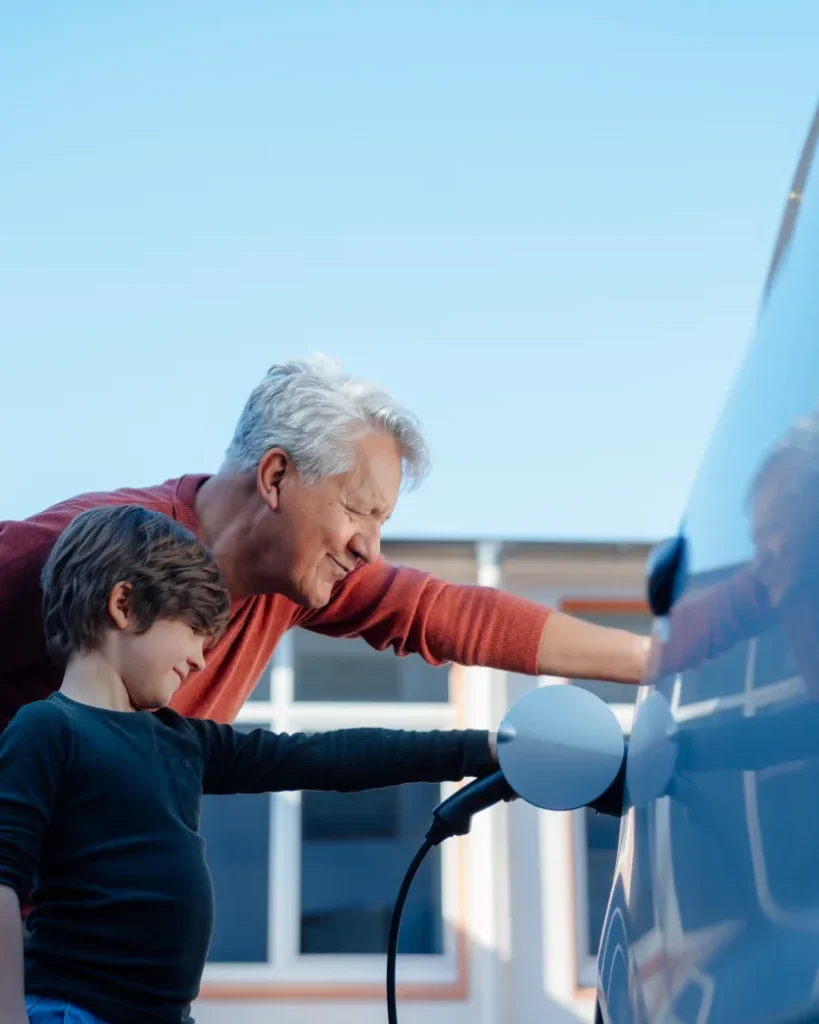
2009
Electric Vehicle Research Advances
UL introduces a new set of requirements for indoor/outdoor cord sets for electric vehicles, helping manufacturers produce safer, more efficient electric vehicles.
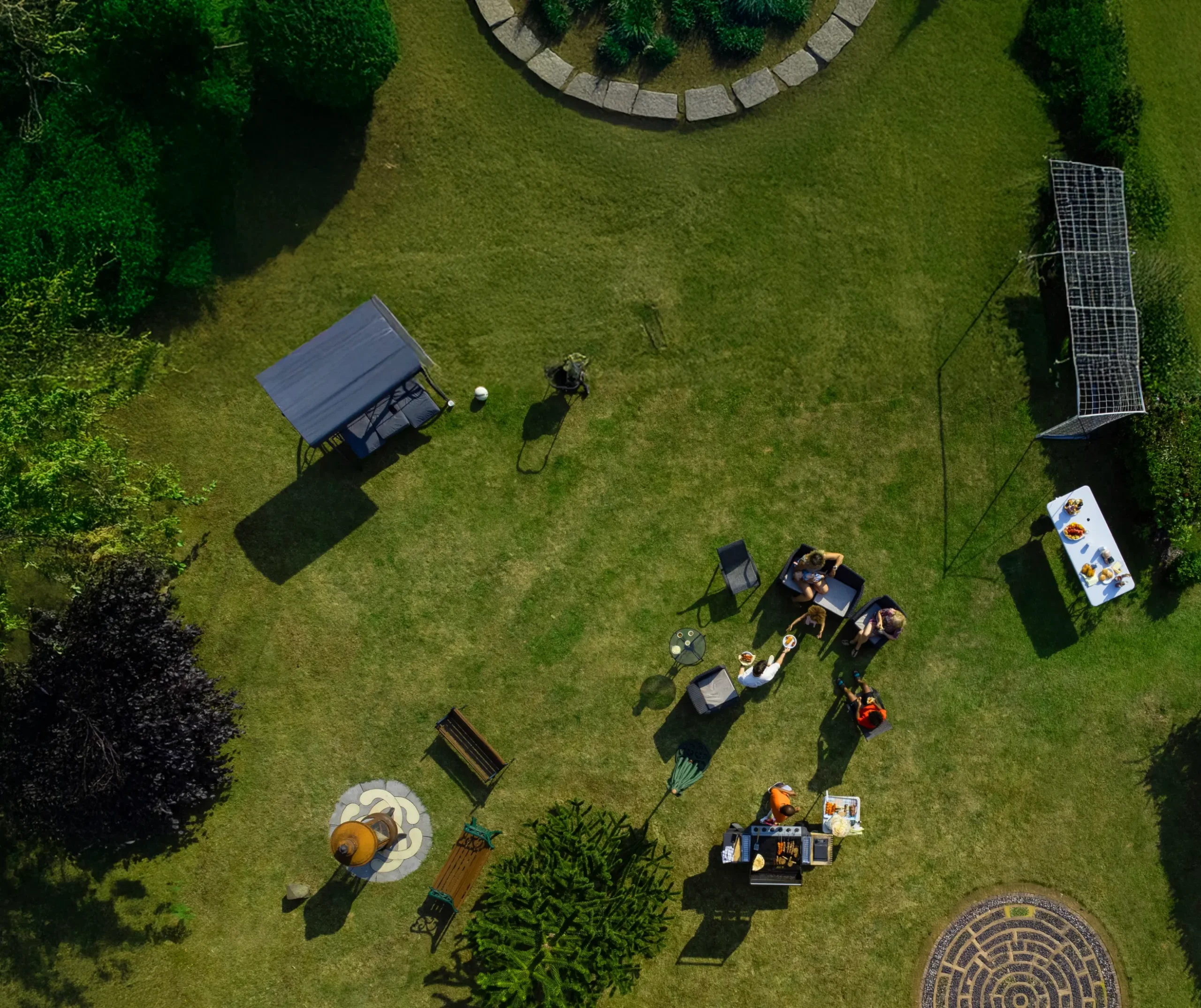
2018
First UL Standard for Drones
Unmanned aerial vehicles, commonly known as drones, are changing the way we interact with the world.
UL 3030 addresses electrical system requirements for UAVs operated by trained pilots. The standard covers commercial (e.g. agricultural, scientific, research, video for film industry or news broadcasts and roof inspections) and tactical (e.g. government, local police and search & rescue) applications.
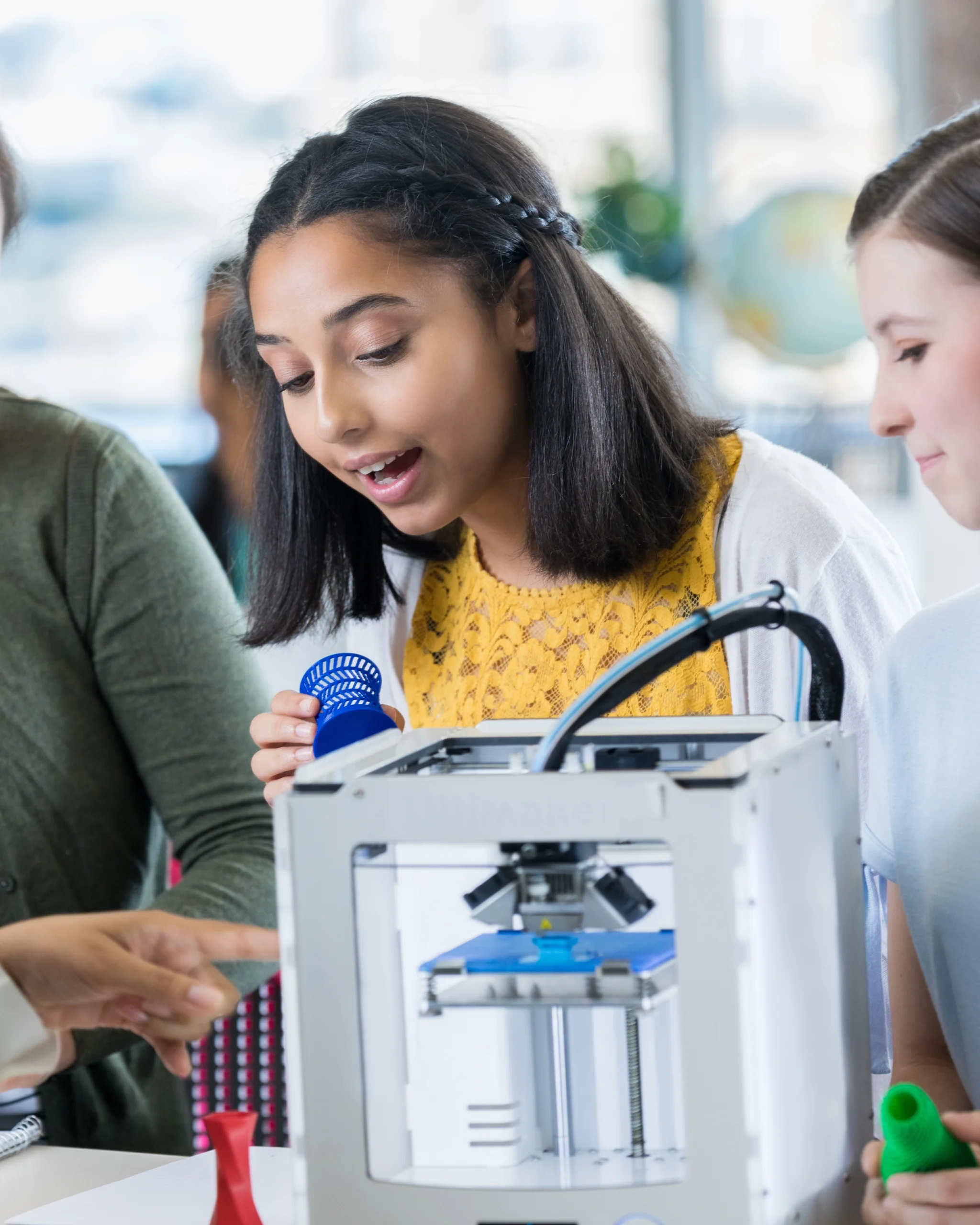
2019
ULSE Publishes Standard Assessing Air Quality Measurement for 3D Printers
UL 2904, Standard Method for Testing and Assessing Particle and Chemical Emissions from 3D Printers, presents methodologies for characterizing and quantifying particles and VOC emissions from 3D printers operating under normal conditions in certain indoor environments such as classrooms, offices, libraries, residential settings, and other spaces.
The standard requires testing for each 3D printer with a variety of commercially available filament material (feedstock) and establishes emissions criteria for particles and certain chemicals for the management of airborne gaseous and aerosol pollutants.
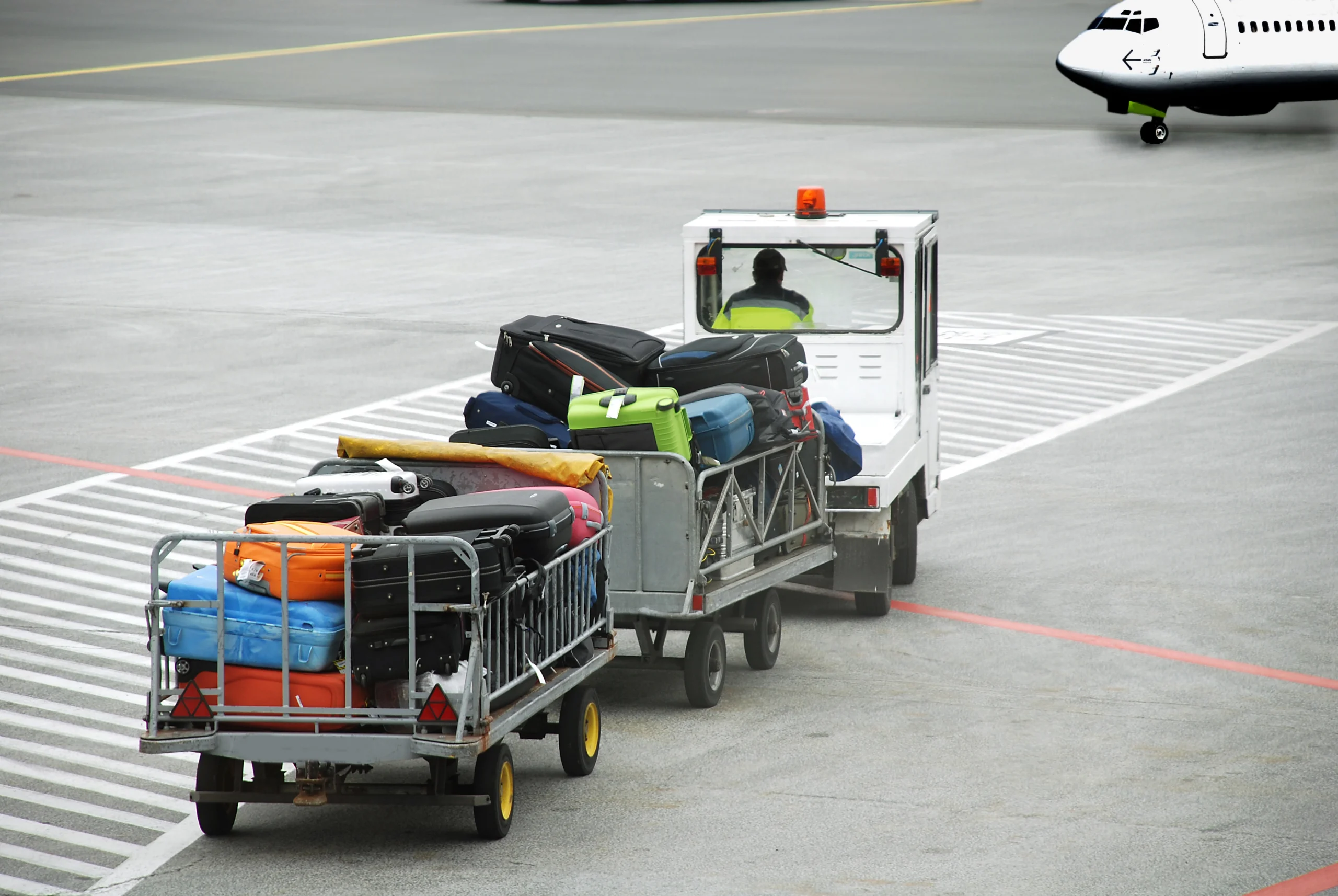
2019
TRIP Program Initiated
Through ULSE’s Thermal Runaway Incident Program, we collaborate with the airline industry to closely examine data on lithium battery incidents and better understand the scale and complexity of this growing aviation safety issue.
Developed with — and for — airline industry dangerous goods professionals, TRIP is a secure, voluntary system collecting information about aviation-related lithium battery incidents.
Leading passenger airlines and cargo carriers participate in TRIP, voluntarily reporting incidents to the TRIP database and participating in program summits to solve for risk.
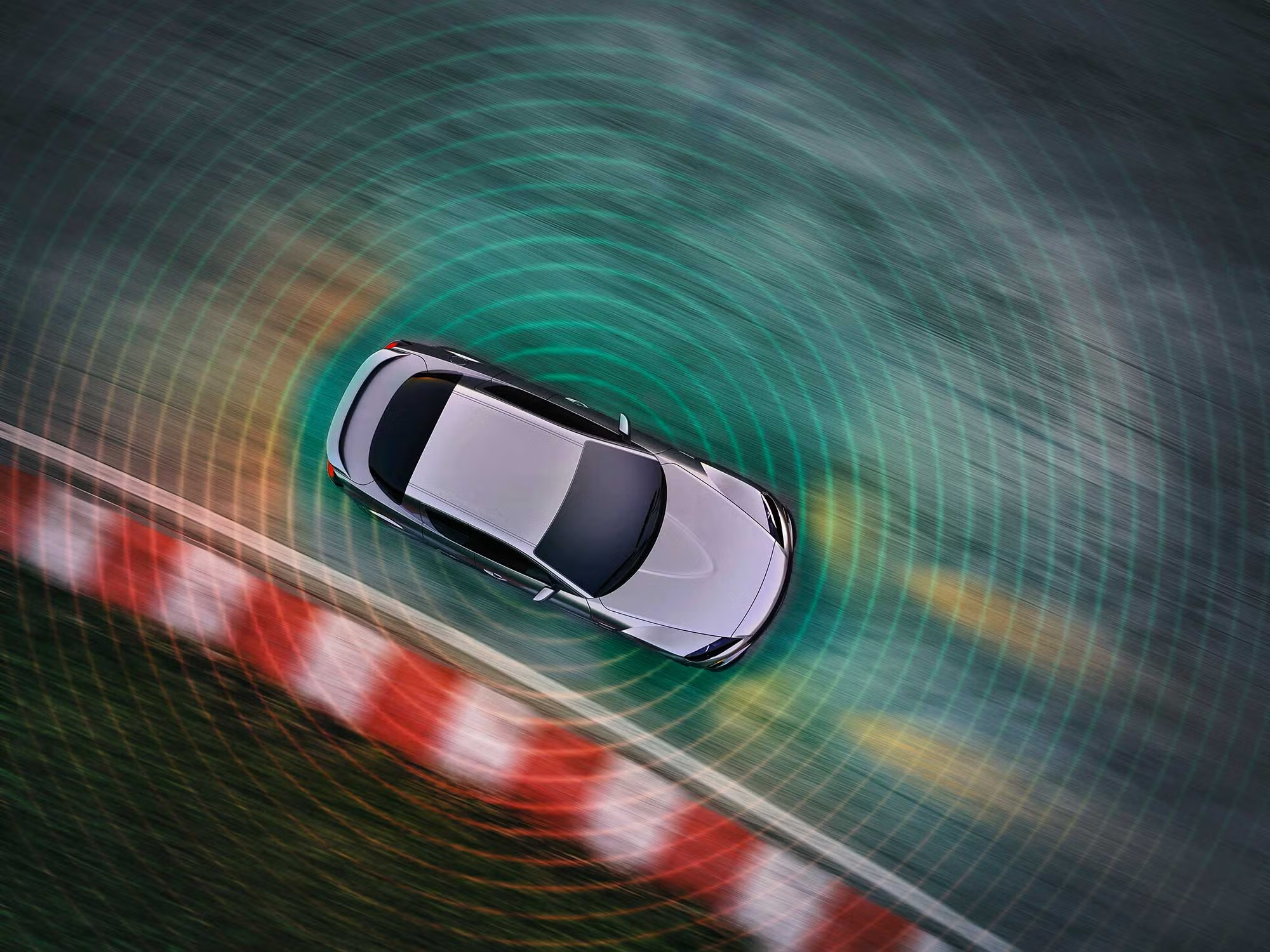
2020
First Autonomous Vehicle Standard Published
The first edition of ANSI/UL 4600, Standard for Safety for the Evaluation of Autonomous Products, was published to cover autonomous vehicle technology.
The standard uses a safety case approach to address principles and processes for evaluating fully autonomous products requiring no human driver supervision.
The third edition of UL 4600, published in 2023, expanded the scope to include autonomous trucking.

2020
ULSE Authorized to Publish Standards
for Mexico
In February 2020, UL Standards & Engagement received authorization from Mexico’s Dirección General de Normas of the Ministry of Economy to develop national standards for Mexico.
The authorization established ULSE as the first foreign standards development organization authorized to develop standards for Mexico and the only SDO able to develop national standards for all three countries in the United States-Mexico-Canada Agreement.

2020
First Edition of UL 5800, Battery Fire Containment Products, Published to Help Address Li-ion Battery Fire Hazards
UL Standards & Engagement was approached by representatives of the aviation industry to develop a safety standard for containment products intended to inhibit the spread of smoke and flames from lithium-ion battery-powered devices that have entered thermal runaway.
In-scope containment products are intended for use by authorized personnel on commercial, private and military aviation in the passenger cabin or cockpit for portable electronic devices such as cellphones, tablets and laptops that are overheating.

2022
Evolving to Pursue a Safer, More Resilient Society
The nonprofit organization Underwriters Laboratories announces the commitment of $1.8 billion to address increasingly complex public safety risks and strengthen the impact of its safety science mission.
The organization also restructures, launching a new, second nonprofit organization to advance standards development and publich advocacy activities.
This Standards and Engagement organization was the initiation of what would later be known as UL Standards & Engagement.

2022
Dr. David Steel named ULSE’s First Executive Director
In May 2022, Dr. David Steel is hired as the first Executive Director of UL’s Standards and Engagement organization.
Over the next two years, Dr. Steel would go on to build the organization’s engagement functions and lead its advancement of standards for sustainability as well as new and evolving technologies such as lithium-ion battery safety, e-mobility, and autonomous products.
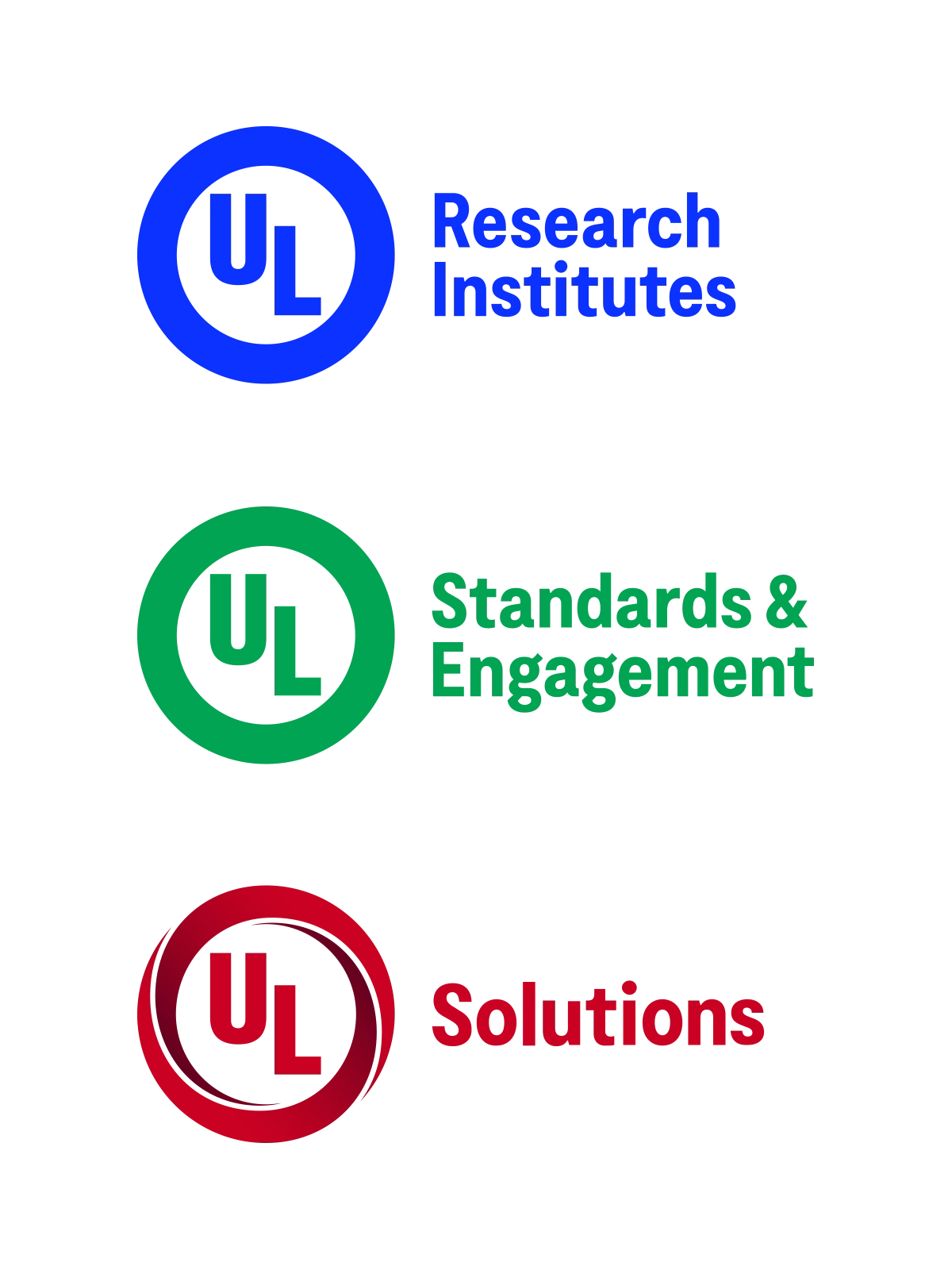
2022
Three New Brands
In June 2022, the UL enterprise reveals new brands for its three organizations — UL Research Institutes, UL Standards & Engagement and UL Solutions. The brands reflect and clarify the unique role that each organization plays in working for a safer world.
UL Research Institutes is a nonprofit research organization dedicated to advancing the Underwriters Laboratories public safety mission through scientific discovery and application.
UL Standards & Engagement is launched as a nonprofit standards development and advocacy organization that translates scientific data into practical, action-oriented safety standards.

2023
NYC Passes E-Bike Law Citing ULSE Standards
On March 20, 2023, a New York City law is signed which requires all e-mobility devices sold, rented, or leased in the city to be tested and certified to three ULSE standards as applicable: UL 2849, the Standard for Electrical Systems for e-Bikes; UL 2272, the Standard for Electrical Systems for Personal E-Mobility Devices; and UL 2271, the Standard for Batteries for Use In Light Electric Vehicle Applications.
UL Standards & Engagement applauds New York in addressing the urgent issue of e-bike fires and setting an example for governments around the world.
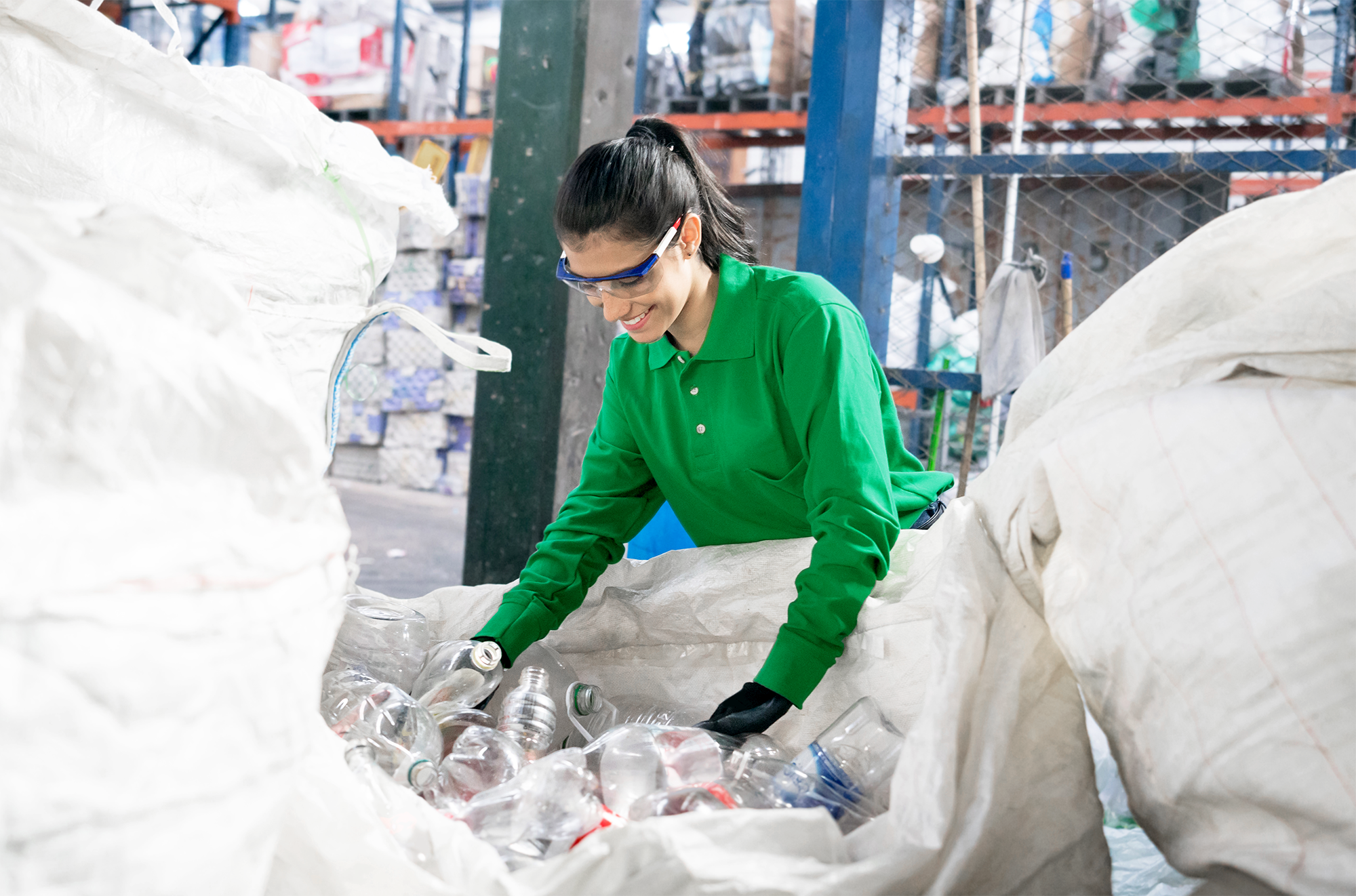
2023
First Standard Published for Assessment of Circular Economy Initiatives
UL Standards & Engagement publisheds ANSI/UL 3600, the Standard for Measuring and Reporting Circular Economy Aspects of Products, Sites and Organizations.
The standard provides requirements that cover the methods and metrics for measuring aspects of a company’s sustainability efforts, specifically those related to circular economy, such as eliminating waste, reusing materials, and regenerating natural resources.
The standard helps improve consumer confidence and trust in a company’s sustainability claims by outlining a report format allowing companies to share its performance levels in a clear and consistent manner.
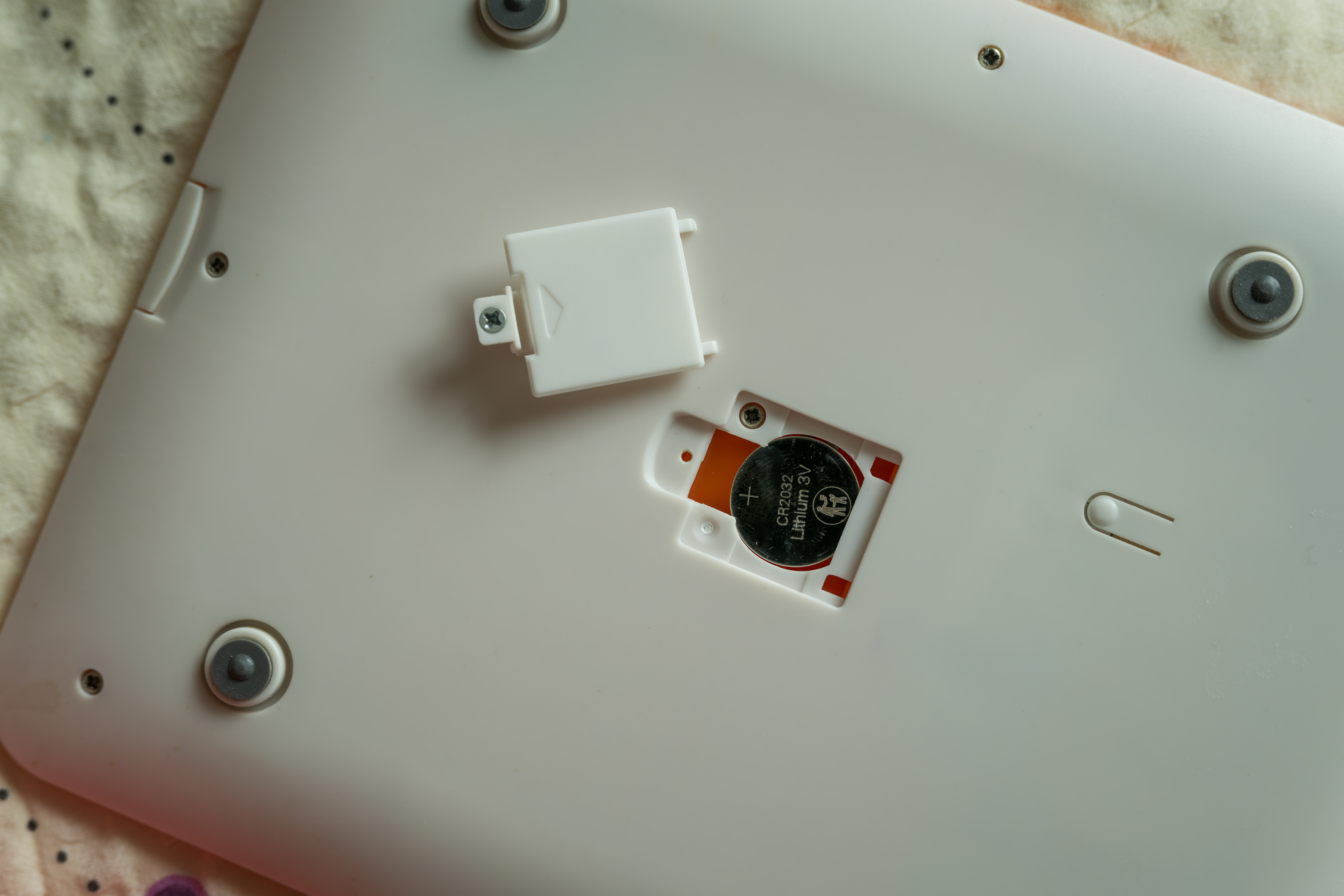
2023
UL 4200A and the CPSC
ULSE publishes revisions to UL 4200A, Standard for Products Incorporating Button Batteries or Coin Cell Batteries, to strengthen protections against harm — particularly among children—from accidental ingestion of button batteries or coin cell batteries, particularly for young children.
The revisions were made to align with Reese’s Law — U.S. legislation that directed the Consumer Product Safety Commission to strengthen protections for young children who may come into contact with these batteries. Compliance with the law was achieved in 2023 when CPSC made UL 4200A mandatory for consumer products that contain them.

2025
Jeff Marootian named President and CEO
UL Standards & Engagement announced Jeff Marootian as its new president and CEO effective February 3, 2025.
Marootian brings more than two decades’ experience leading initiatives in energy, transportation, and sustainability that will inform and enhance ULSE’s work as a safety advocacy organization.
Safety, Powered by Our People
People are at the heart of everything we do at UL Standards & Engagement. Meet the leaders and experts working to make the world safer for you.
Our Featured Experts
UL Standards & Engagement’s work is guided by industry leaders with extensive data and technical expertise.
Leadership Team
-
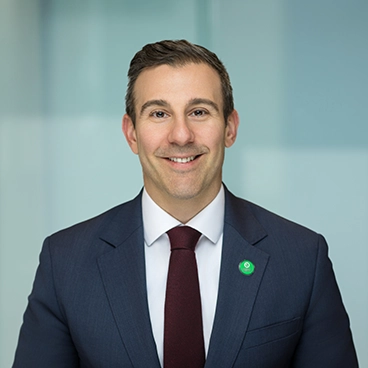
Jeff Marootian
President and Chief Executive Officer
-

Dr. George A. Borlase
Senior Vice President of Standards Development
-

Sonya Bird
Vice President of International Standards
-

Katie Denis
Head of Communications
-

Lesley Rohrbaugh
Head of Insights and Policy Analysis
-

David McKnight
Head of Partnerships
-

David S. Wroth
Senior Director of Technology and Systems
-

Ronaldo Borger
Senior Vice President and Chief Human Resources Officer
-

Vasu Modekurti
Senior Vice President and Chief Information Officer
-

Timothy J. Rivelli
Senior Vice President and Chief Legal Officer
-

Ron Blaustein
Senior Vice President and Chief Financial Officer
-
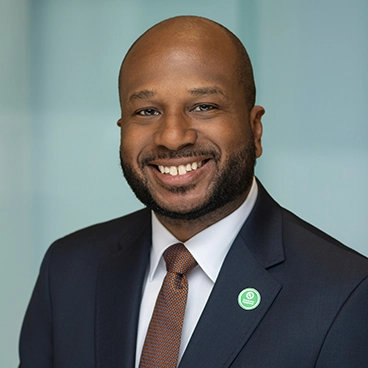
Lee Goodall
Chief of Staff
Board of Directors
-
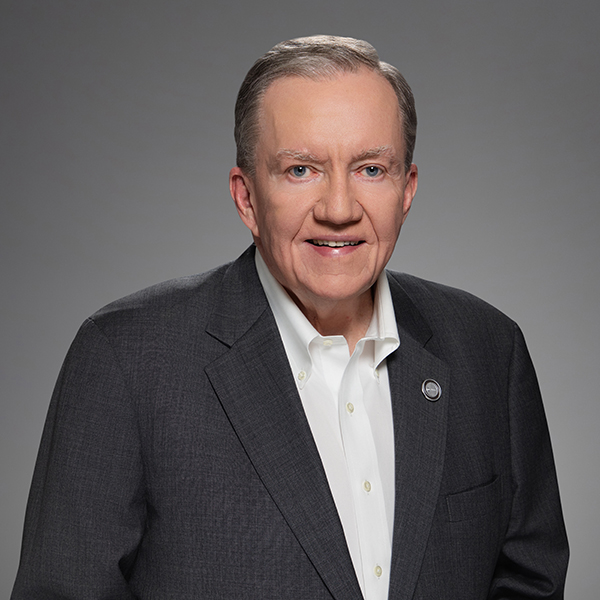
James M. Shannon
UL Standards & Engagement Board Chair
-
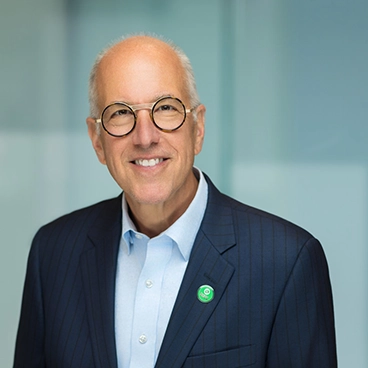
Joel Wittenberg
UL Standards & Engagement Board Member
-

Dr. Philip S. Khoury
UL Standards & Engagement Board Member
-
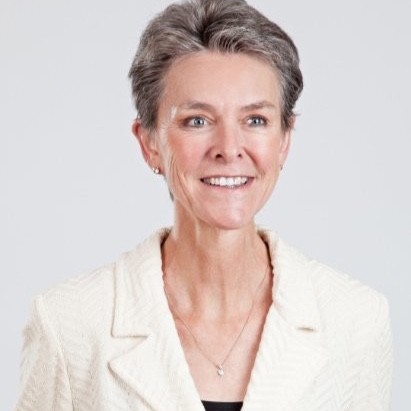
Beth Brooke
UL Standards & Engagement Board Member
-

Jeff Marootian
President and Chief Executive Officer
Safer for You, Stronger Together
Discover how you can engage with UL Standards & Engagement — whether by contributing your expertise to our standards development process, learning about our efforts to promote diversity, accessibility, and inclusion, or exploring career opportunities that help build a safer world for everyone.
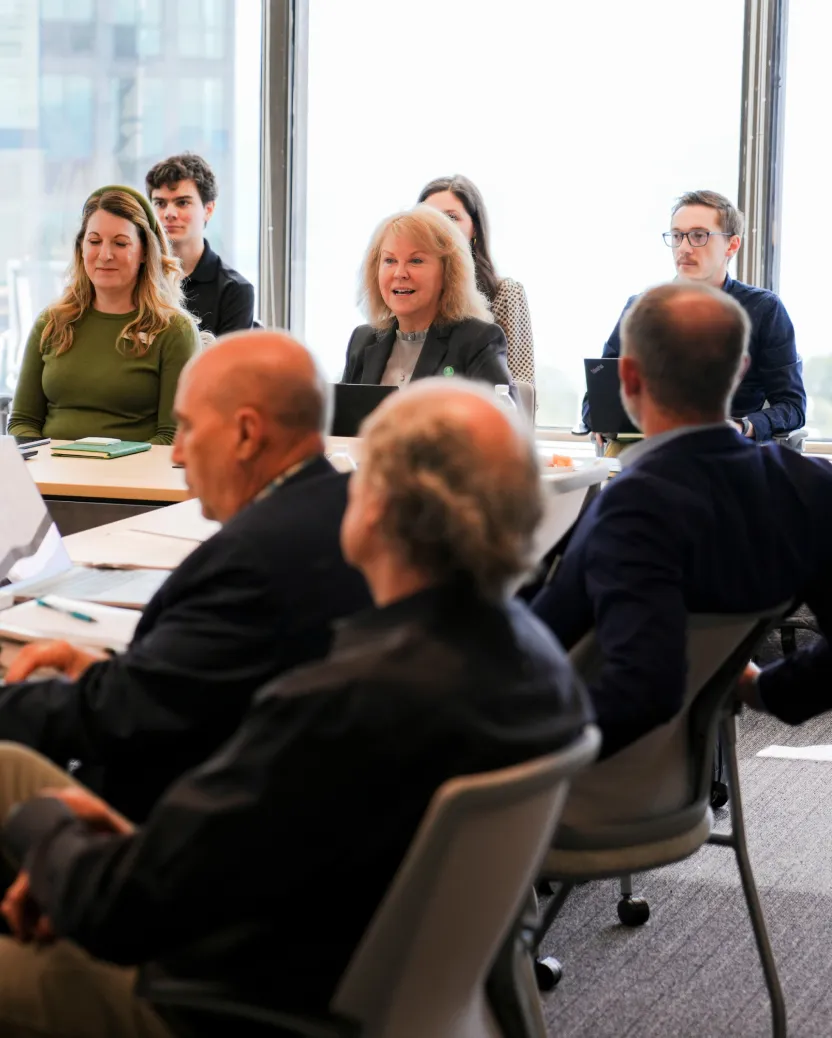
Our Technical Committees
Our technical committee experts are the backbone of our standards development process. Learn about our TCs and how you can get involved.
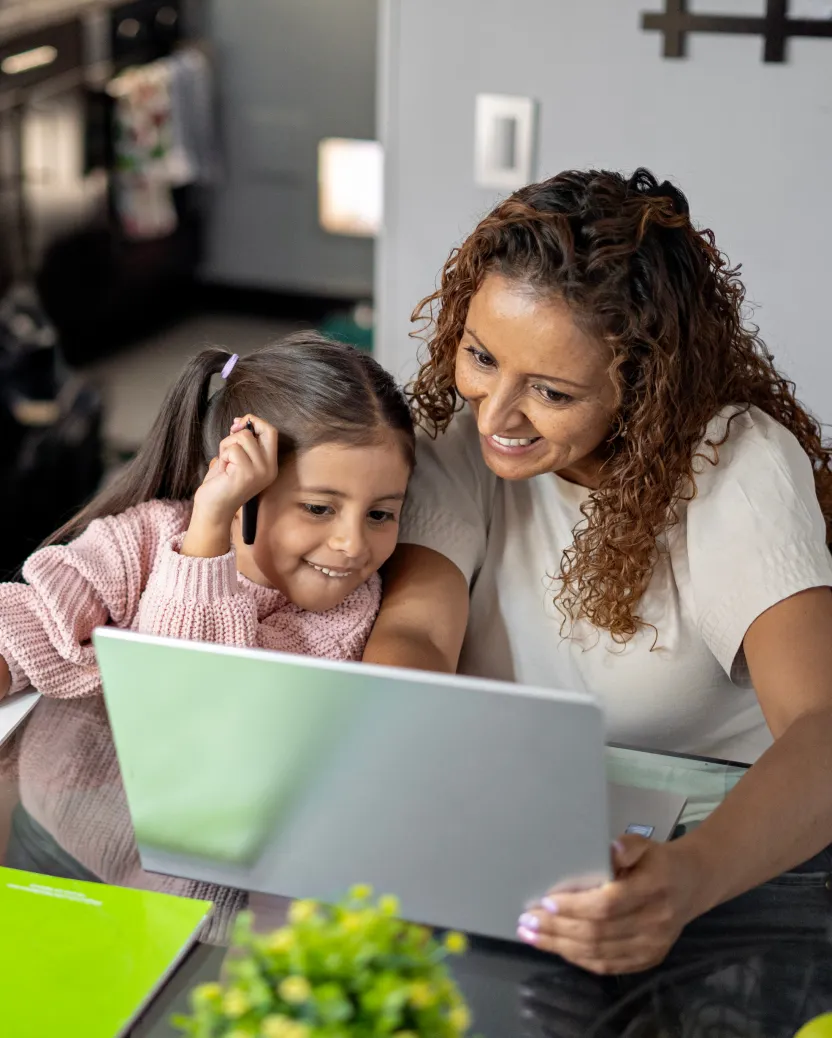
Our Culture & Values
We believe diverse backgrounds and experiences are essential for developing the best, most inclusive standards. Explore how we’re improving safety through our culture and values.

Work With Us to Build a Safer World
Like what you see? Learn about life at UL Standards & Engagement and explore our career opportunities.


